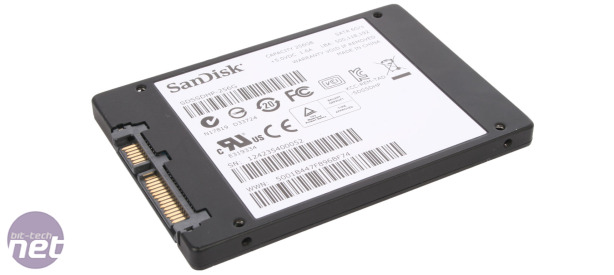Test Setup
To get a good idea of SSD performance, both out of the box and following extended use, we've adapted our TRIM testing methods from previous SSD reviews. Drives are now first tested in a 'clean' new state, having been reset to factory performance using HDDerase.To simulate a protracted heavy workload, we then disable TRIM and copy the entire 100GB contents of the C drive over to the SSD numerous times, filling the drive. These files include operating system files, multiple game installs, MP3s and larger video files – the typical contents of a modern hard disk.
We then re-enable TRIM, with the drive filled from the last write, and clear the drive with a standard Windows Delete command, followed by emptying of the recycle bin to ensure the TRIM command has been triggered. The drive is then left for ten minutes, to ensure the TRIM command and any garbage collection algorithms have been completed, before being retested using our suite of benchmarks.
Common Components
- Intel Core i5-2500K (operating at 4.2GHz – 42 x 100MHz)
- Asus P8P67-M motherboard (Intel P67)
- 2 x 2GB Kingston 1,600MHz DDR3 memory
- Nvidia GeForce GTS 250 512MB
- PC Power & Cooling Silencer 750W PSU
- Windows 7 Home Premium x86-64
- Intel RST AHCI driver (iastor.sys)
We also make use of the excellent SSD Tweaker from elpamsoft to disable Windows services such as Superfetch, Hibernation, System Restore and large system cache, in order to minimise their service's impact on drive performance.

MSI MPG Velox 100R Chassis Review
October 14 2021 | 15:04










Want to comment? Please log in.